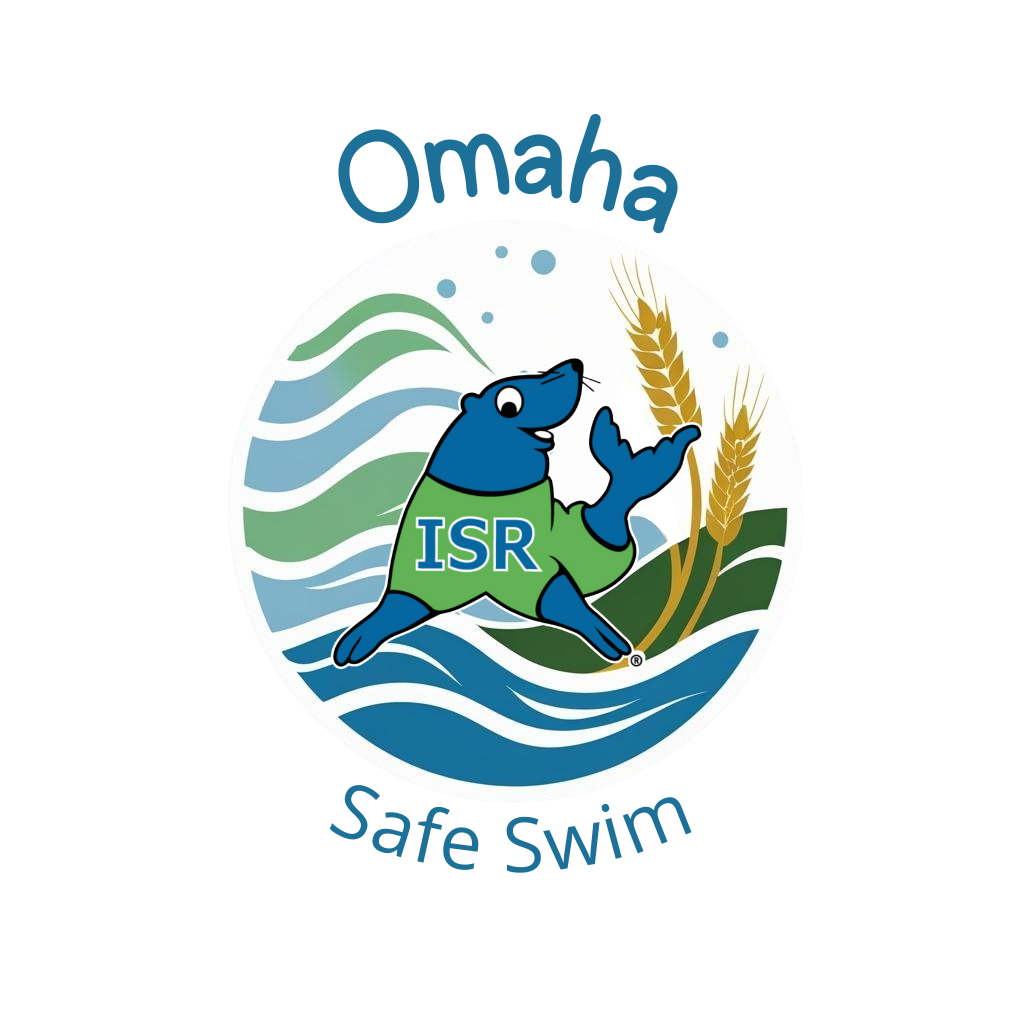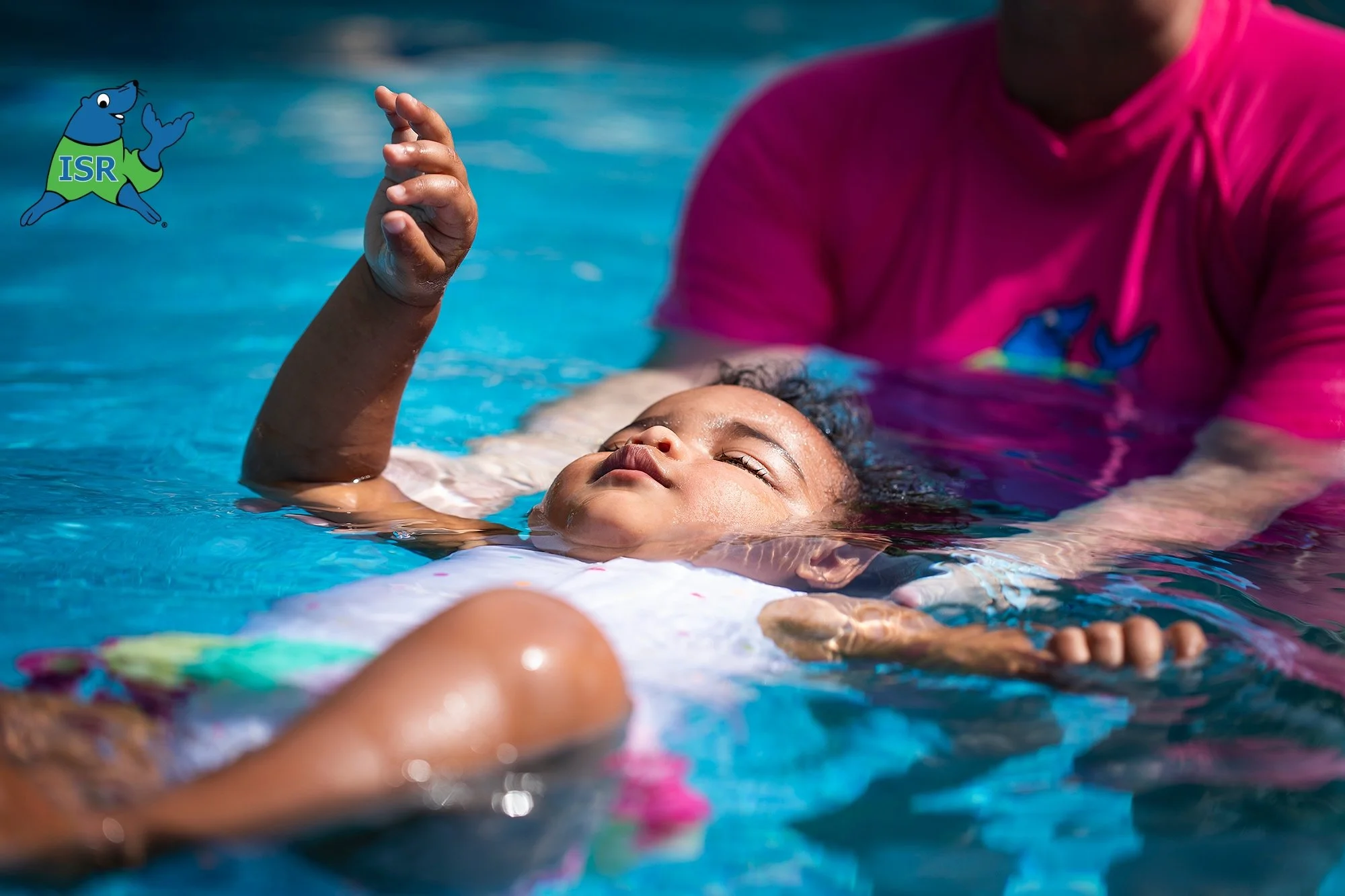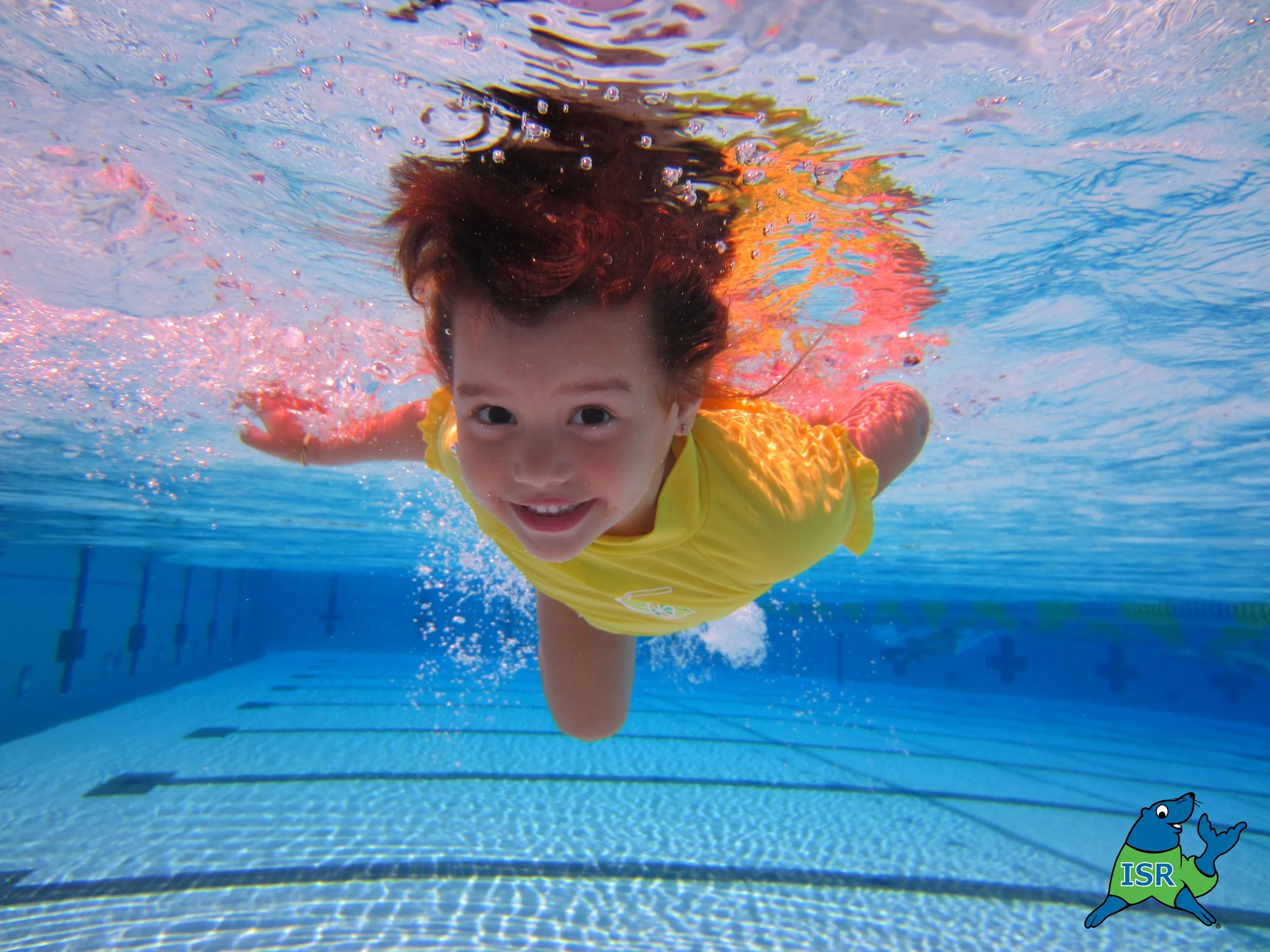Omaha Safe Swim
With ISR Certified Instructor Emily Haynes
Infant Swimming Resource (ISR) is a nationally recognized system of survival swimming instruction for infants and young children. The program focuses on educating parents and children about drowning prevention and safety issues. Our Goal is to see a day when "Not One More Child Drowns."
ISR is the product of over 55 years of research and development by Dr. Harvey Barnett. ISR instructors have delivered over 8.5 million ISR Self-Rescue lessons which have saved more than 800 lives.
When it comes to your child, you always look for the most qualified, caring Instructors. Infant Swimming Resource is no different. Beyond sharing a devotion to child safety, each Instructor is highly trained and certified to teach Infant Swimming Resource's (ISR) Self-Rescue method. Each certified ISR Instructor, completes a rigorous, 8-week in-water and academic training course and participates in a highly specialized annual recertification to maintain the highest level of safety and caliber of instruction.
Lesson Structure
ISR Lessons are 4 days a week, Monday through Thursday.
Each Lesson will be approximately 10 minutes long with just one child and their instructor in the water.
Your child will have the same 10 - minute time slot each day.
You can expect your child to be skilled in an average of 6-7 weeks. Fewer or additional weeks may be needed depending on your child's needs.
What Will My Child Learn?
6 to 12 Months - not quite walking yet
Generally speaking, children ages 6 months to 1 year learn the ISR Self-Rescue® skill of rolling onto their backs to float, rest and breathe. They learn to maintain this position until help arrives. After they have learned to perform these skills independently, all children then practice these skills fully clothed.
1 Year and Older - Steady Walkers
Older, more mobile children will learn the full ISR Self-Rescue® sequence of swimming until they need air, rotating onto the back to float, then rolling back over to continue swimming. ISR students are taught to repeat this sequence until they reach the safety of the steps, side of the pool, or the shoreline.
*Note: Toddlers in the 13-24 month range are often able to learn some swimming skills, along with their self rescue skills. However, swimming is not guaranteed for every child in this age range, nor is it the priority. As I begin working with them, I will assess each toddler's ability and likelihood to swim on an individual basis. The most important goal to have is getting your child skilled in survival. If your younger toddler is not quite ready for the entire swim-float-swim sequence, we will revisit that skill when they are a bit older.
Because the majority of drowning accidents that occur when a child is fully clothed, your child will practice their new survival skills fully clothed.



